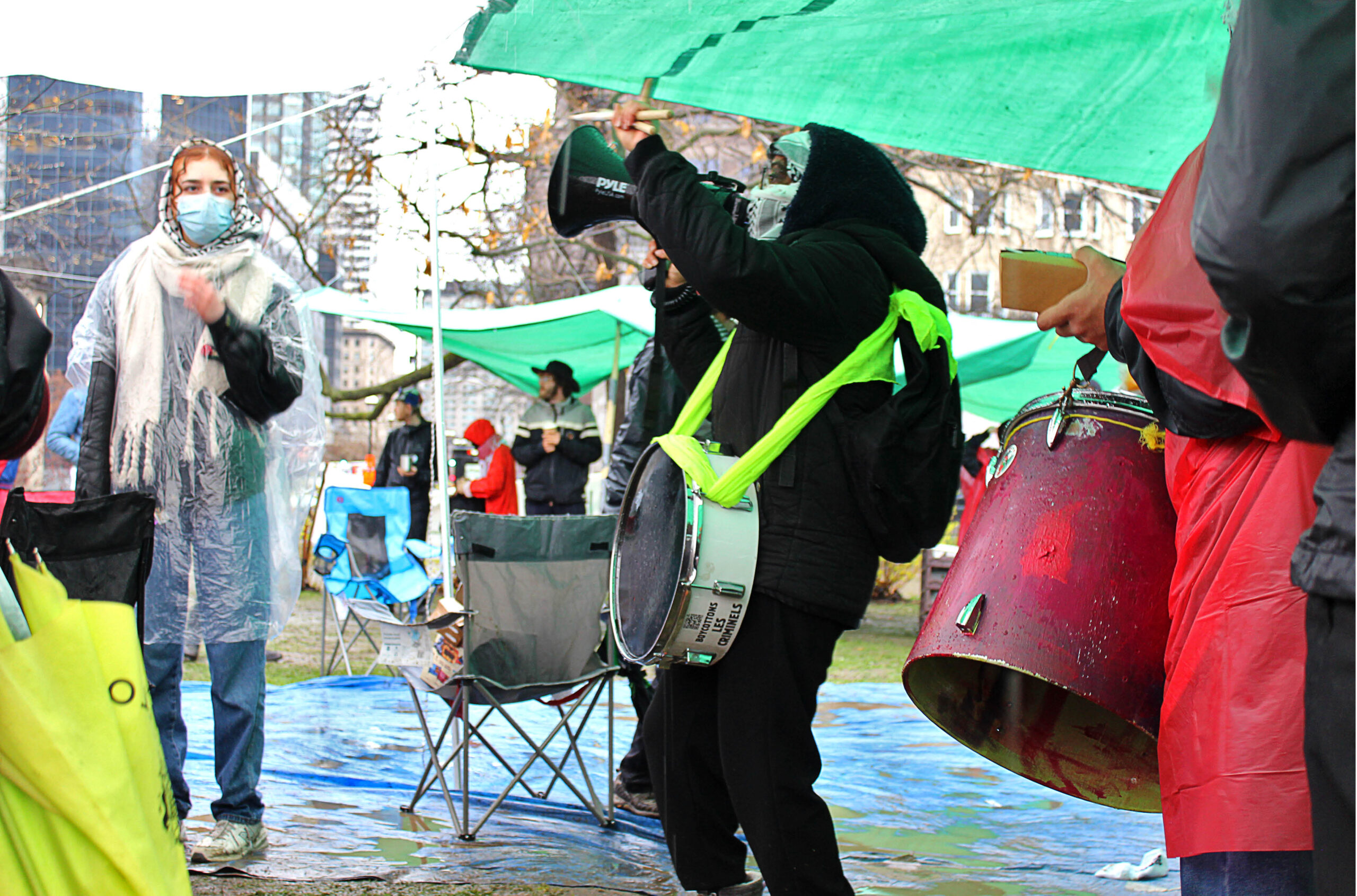Can higher education support the bridge to justice, equity, diversity and inclusion?
Welcome back to season 2 of The Many Faces.

“Bridges get walked on.” Bell Hooks’ concise yet profound observation is a guiding principle for this first entry of season two of The Many Faces. It prompts a deeper exploration into the dynamics of pursuing equity, inclusion, diversity, and social justice in higher education (HE).
The interconnectedness of walks and bridges
In an ever-evolving global context of constant change, polarization, geopolitical shifts, and climate change, the bridge symbolizes connecting various divides with critique and understanding, a strength embedded within academic freedom. In recent years, HE institutions continually strive to address systemic inequities, from newly created equity-focused roles to the often-unseen labour dedicated to fostering justice, belonging and dignity.
Yet, the path of this transformative change is fraught with challenges and nuances that raise these questions:
- Who initiates the walk?
- Are the bridges robust enough to support the journey?
- How do we maintain hope amidst the silence or noise of the walk?
These questions frame subsequent sections, and I invite you, as the reader, to deepen my writing with your reflections. Together, we can create a shared understanding that helps us consider higher education’s sustained commitment and role in justice, equity, diversity, and inclusion work.
Who initiates the walk?
The initiation of the walk – beginning to actively engage with lenses of justice and equity – can be pivotal in determining the course and impact of initiatives, assessments, programs, and strategic priorities across many Canadian HE institutions.
Traditionally, individuals with intersecting marginalized identities are often at the forefront of these efforts. They bear the brunt of systemic inequities and an emotional toll, sometimes without the institutional positionality to affect real change. Yet, they are frequently tasked with leading the charge for change informally and formally. This reality raises critical questions about the distribution of responsibility and the risk of burnout.
In a landscape where those who initiate the walk are frequently affected by injustice, there is a pressing need for a more equitable distribution of leadership and involvement. More allies and advocates from within the institution must step up to share in the burden and rewards of this work, as the walk for some does not end when they log off of their laptops or leave campuses. Collective action and shared leadership are required.
Are the bridges robust enough?
The strength of the bridges impacts the effectiveness of higher education’s commitments and actions to solidify social progress.
While efforts and changes have been felt, a recent Statistics Canada report highlights an ongoing troubling reality: more than one in three adults in Canada experience discrimination or unfair treatment, with racialized groups, Indigenous people, women, 2SLGBTQ+ populations, individuals with disabilities and young adults disproportionately affected. Impacts on the well-being of members of the institution, calls to embed health equity, and honouring Indigenous self-determination remain critical conversations sparked in the first season of this column, along with the data highlighted above.
Human rights, a contentious topic, underpins the importance of evaluating how strong this metaphorical bridge’s bolts, arches and geometry are. The multi-level layers of institutional infrastructure uphold the strength of precedents and systemic approaches that permeate commitments, resource allocation, policies, practices, and processes within HE. When integrated with new frameworks, lenses, and principles of truth, reconciliation and social justice, the bridge becomes shaped by a new fortitude that understands adversity and sways toward redesigning and redefining resilience rooted in responsiveness to communities’ evolving needs.
With adaptability and iterative re-evaluation, the bridges we build as a sector can become strong enough to withstand the weight of the walk with the elasticity to expand the number of individuals carrying this critical space and positionality long-term.
Maintaining hope amidst silence and noise
The journey toward justice is often characterized by silence and periods of overwhelming noise. Progress, when visible, can be understood, yet when invisible, it harbours feelings of resentment, unfulfillment, and unheard. As a result, the noise can be the cacophony of challenges, conflicts, and resistance that often accompany feelings of being muted and misunderstood on both sides of the bridge.
Navigating these extremes requires a sustained commitment to hope and optimism. Hope is not merely a passive sentiment but an active force that propels us forward in a liminal space of a known past, an unwavering desire for change, and an intangible future still being built. It is essential to maintain hope even when the path seems fraught with obstacles or progress appears slow. Grounded in a belief in the possibility of change, I believe that hope serves as the conviction that every step, no matter how small, contributes to the larger goal of justice and equity and can inspire and motivate the continuous nature of being on a journey.
A call to action
The response to the first season of the column demonstrated a strong desire for continued dialogue and action on critical issues impacting higher education and real challenges faced by colleagues, students, and leaders.
As we launch into season two, this column will reflect on these themes and serve as a catalyst for actionable change. Some articles will stir emotions, and others will validate the questions you, too, have had on your mind.
The strength of our collective bridge and the endurance of our hope is contingent on our willingness to take concrete actions – each person, every day. This year, I challenge you to move beyond passive engagement and actively participate in advancing social justice. This means advocating for equitable policies, uplifting marginalized voices, and working collaboratively to address systemic inequities.
Whether you are a seasoned academic, a staff member, a student, or a concerned community member, your involvement is crucial. This journey requires a collective effort to walk on the bridge together and toward each other to build a more inclusive and equitable academic environment that creates a ripple and reciprocal effect with local, national and global communities.
Rohene Bouajram is the associate director of the strategic Indigenous, Black and people of colour (IBPOC) initiatives at the University of British Columbia where she advances equity, diversity, inclusion, decolonization and anti-racism in policies, systems, initiatives and programming.
Featured Jobs
- Architecture - Assistant Professor (environmental humanities and design)McGill University
- Engineering - Assistant or Associate Professor (Robotics & AI)University of Alberta
- Law - Assistant or Associate Professor (International Economic Law)Queen's University
- Geography - Assistant Professor (Indigenous Geographies)University of Victoria















Post a comment
University Affairs moderates all comments according to the following guidelines. If approved, comments generally appear within one business day. We may republish particularly insightful remarks in our print edition or elsewhere.